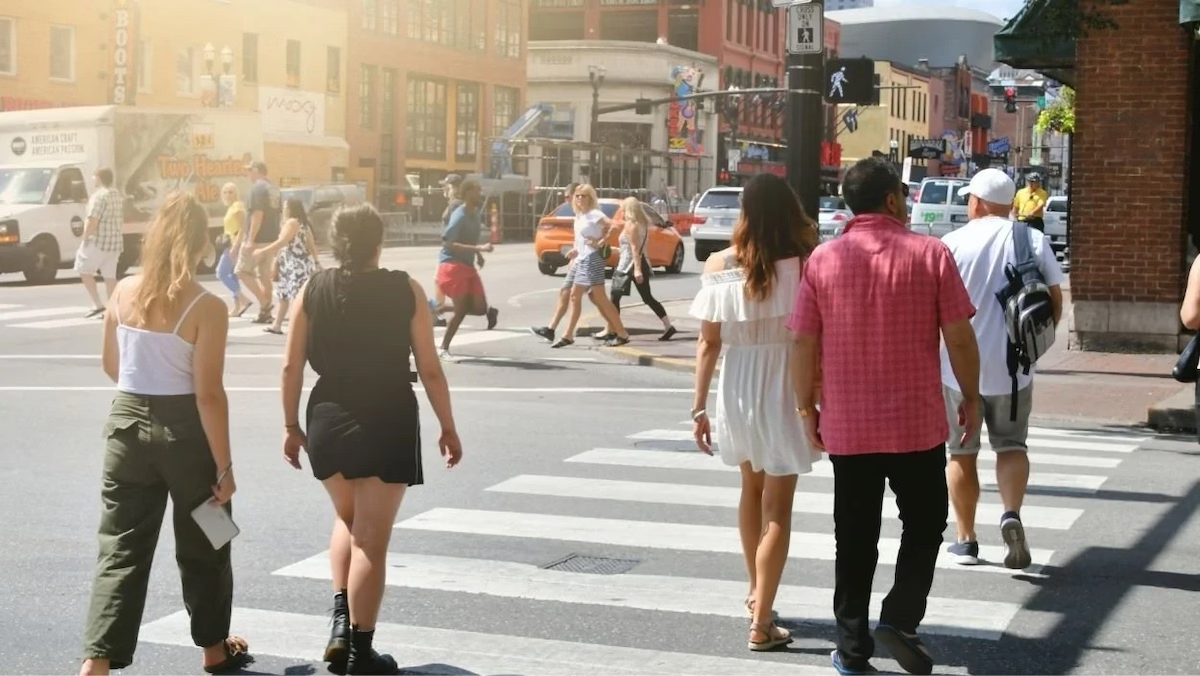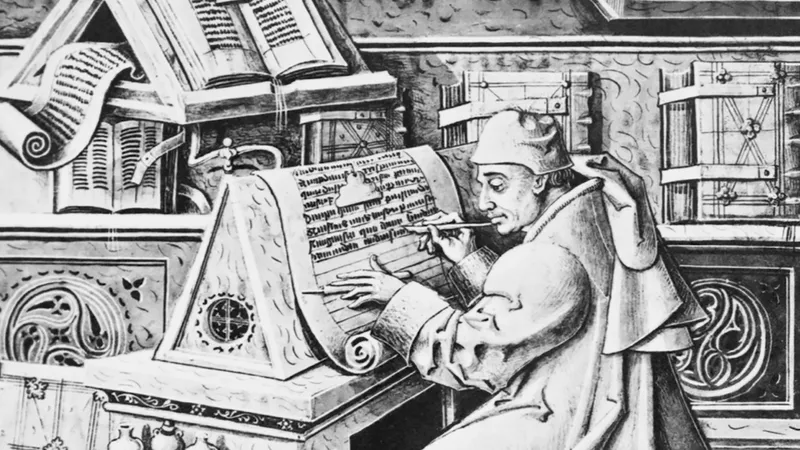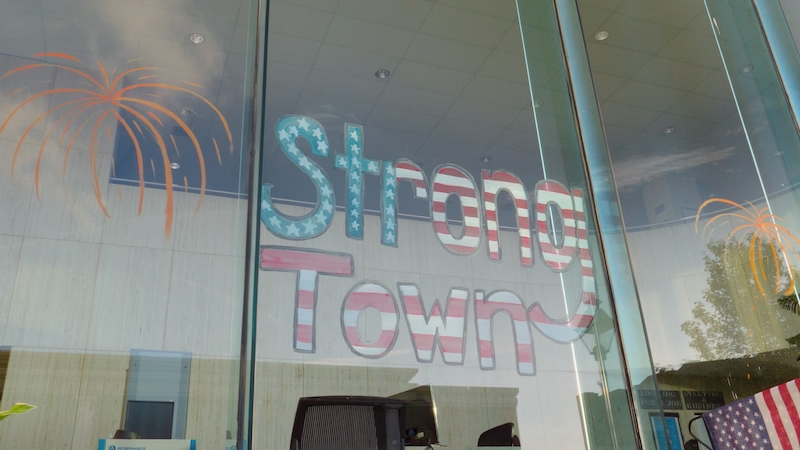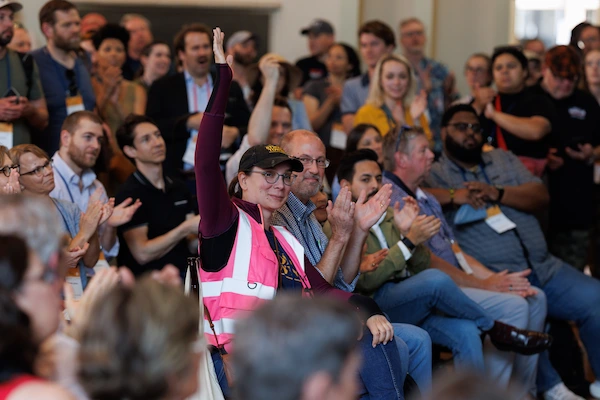Editor's Note: The challenges our cities face are growing, but so is the strength of this movement. Every story we share, every idea we spread, and every tool we build exists because people like you are committed to showing up. Your membership isn’t passive—it’s the momentum that makes change possible.
“We shape our buildings; thereafter they shape us.” — Sir Winston Churchill
Churchill made this point in 1943 as Parliament debated how to rebuild the bombed-out House of Commons. He insisted it be restored to its original, narrow form — not for efficiency, but for its formative effect. The intimacy of the space had cultivated directness, accountability, and serious engagement. Its physical constraints had produced moral habits.
Design doesn’t just reflect our values — it forms them. Whether it’s a debating hall or a neighborhood street, the built environment teaches us how to live together — or how to avoid one another. If we want citizens who are engaged, generous, and resilient, we need places that cultivate those virtues.
Every Block Is a Teacher
Every place teaches us what — and who — matters. Does the sidewalk invite us to linger or expect us to move along? Does the street say “this is yours” or “you’re in the way”? Our neighborhoods catechize us daily in presence or isolation, care or consumption, attention or distraction.
Theologian James K.A. Smith describes this as the “liturgy” of everyday life: our loves are shaped by repeated, embodied practices. Likewise, sociologist Robert Bellah reminds us in “Habits of the Heart” that identity is formed “not independently of others, but through others.” And our physical proximity to others — neighbors, shopkeepers, elders — conditions the possibilities for that formation.
When the built environment invites connection, it fosters moral ecology. When it fragments us, it fosters disconnection — even despair.
From Piney Woods to Pilgrimage
I grew up in Freeport, Florida, a rural town where improvisation often stood in for intention. We fished hidden creeks in a jon boat and biked down clay roads flanked by trailers on crumbling blocks. But across the bay was Seaside — a master-planned town that would become a mecca for urbanists and architects. My parents worked there off and on. For me, it was more than a job site. It was a place of longing.
The pastel homes, front porches, and walkable streets were unlike anything in my own neighborhood. At the time, it felt elitist — out of reach for “ordinary” people. But in hindsight, Seaside’s genius was not novelty, but ressourcement: a return to timeless development patterns found in cities for millennia. Its beauty wasn’t ornamental; it was intentional, human-scaled, and steeped in memory.
Years later, I realized that what we now call New Urbanism is often just old urbanism rediscovered — without the lead paint and with better HVAC. The traditional development pattern — compact, adaptable, and relational — wasn’t utopian. It was normal. Until we abandoned it.
Squirrel Hill and Civic Wealth
Graduate school brought my wife and me to Pittsburgh, where we lived in Squirrel Hill — Fred Rogers’ real-life neighborhood. Unlike Seaside, it had no branding, no pastel charm. But it was alive. Jewish bakeries buzzed on Sunday mornings. Sidewalks hummed with errands and greetings. Porches invited conversation.
It wasn’t luxurious. Our upstairs duplex was drafty. The streets were narrow and potholed. But they forced people to slow down. Walk. Wave. Yield. What Squirrel Hill offered was civic wealth: the abundance that comes from shared rhythms of daily life.
We came to see that good urbanism doesn’t require perfection — just intention. Sidewalks aren’t just infrastructure; they’re invitations. Parks aren’t just green space; they’re common ground. Even the Sabbath boundary — an eruv — marked on utility poles reminded us of embedded meaning in place.
In a world where civic life often erodes behind windshields and garage doors, Squirrel Hill quietly taught us: formation flows from friction. And friction — the good kind — requires proximity.
Place Is a Moral Decision
Strong Towns often speaks of productive places — neighborhoods that generate enough value to sustain themselves over time. But financial productivity is downstream of moral and social health. When we design neighborhoods for cars, not people, we privatize convenience and externalize cost.
Wider roads, bigger yards, and cul-de-sacs may seem benign, but they often come at the cost of civic trust. You can live in a suburban-style development for 20 years and never know your neighbors’ names. That’s not just poor design. It’s a poor moral ecology.
St. Thomas Aquinas taught that human flourishing is social. In “De Regno,” he wrote: “The good of the many is more divine than the good of the individual.” Urban planning, then, is a form of moral philosophy: it either strengthens the common good — or undermines it.
As Wendell Berry put it, “A community is the mental and spiritual condition of knowing that the place is shared.” That knowing depends not on ideology, but on encounters: waves on the sidewalk, shared tools, common struggles.
Civic Liturgies vs. Consumer Habits
Public spaces shape civic imagination. Parks, porches, plazas — these are civic liturgies, spaces that cultivate presence, memory, and accountability. They train us in the subtle choreography of being neighbors.
By contrast, auto-oriented spaces train us to transact, not to commune. Strip malls and drive-throughs teach us to consume and move on. They reinforce speed over presence, efficiency over encounter. They tell us that to be human is to be a customer — not a citizen.
Urbanism, then, is not a neutral field. It is a moral craft. Every cul-de-sac or connector street, every zoning map or sidewalk width, tells a story about what we value — and what kind of people we hope to become.
What We Build Reveals What We Believe
In “Laudato Si’,” Pope Francis writes, “The emptier a person’s heart is, the more he or she needs things to buy, own and consume.” Places designed for consumption will never call forth communion.
This is why the Strong Towns principle of bottom-up, small-scale development resonates so deeply with Catholic social teaching. Both prioritize subsidiarity, stewardship, and the dignity of the person in community. Both reject the illusion of wealth and technocratic abstraction in favor of place-based formation.
Our neighborhoods are not static. They’re complex adaptive systems. Small changes — a new trailhead, a coffee shop, a civic bench — can start a virtuous cycle. They invite presence. They create memory. They spark stewardship.
Toward the Common Good
The closing bell is ringing for many places built during the Suburban Experiment. Infrastructure costs are rising. Loneliness is deepening. And despair — not crime — is the true danger of disconnection.
But the inverse is true, too. Places that reward slowness, that invite care, that encourage walking and waving — these places form us into citizens, neighbors, even saints.
A true civitas, rooted in societas and aimed at humanitas, is not just the work of planners or architects. It is the sacred responsibility of us all.





